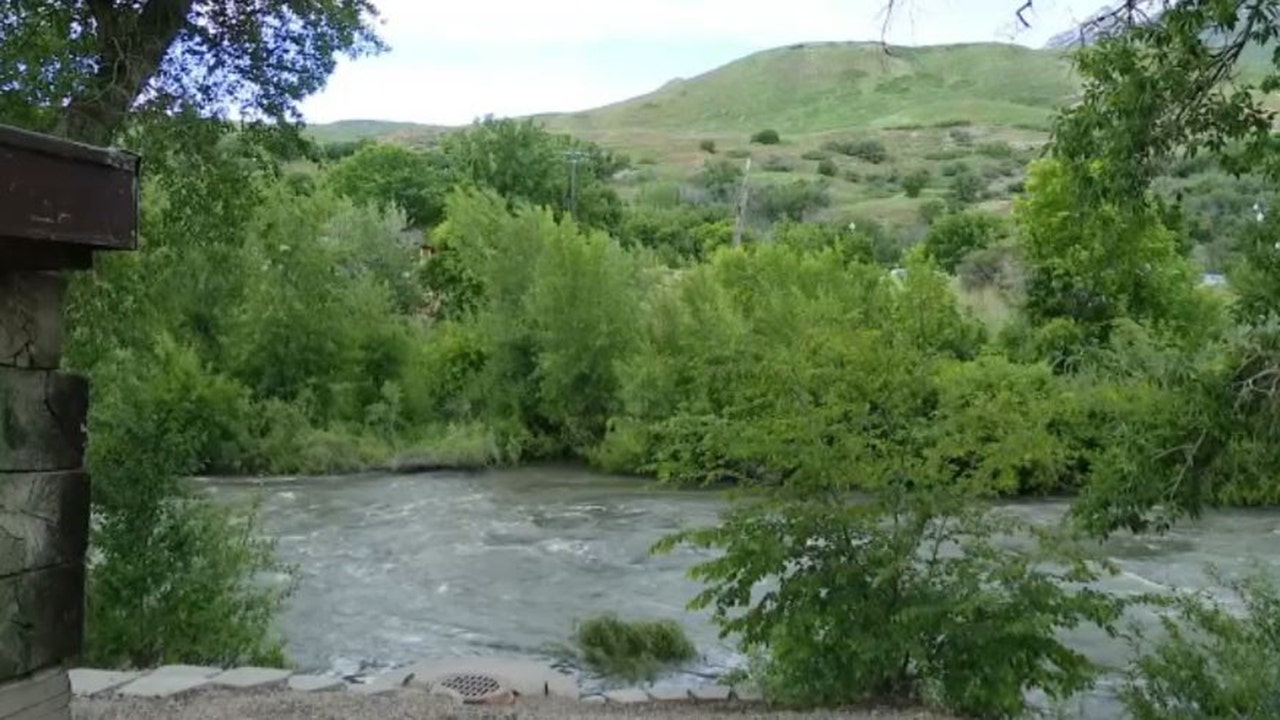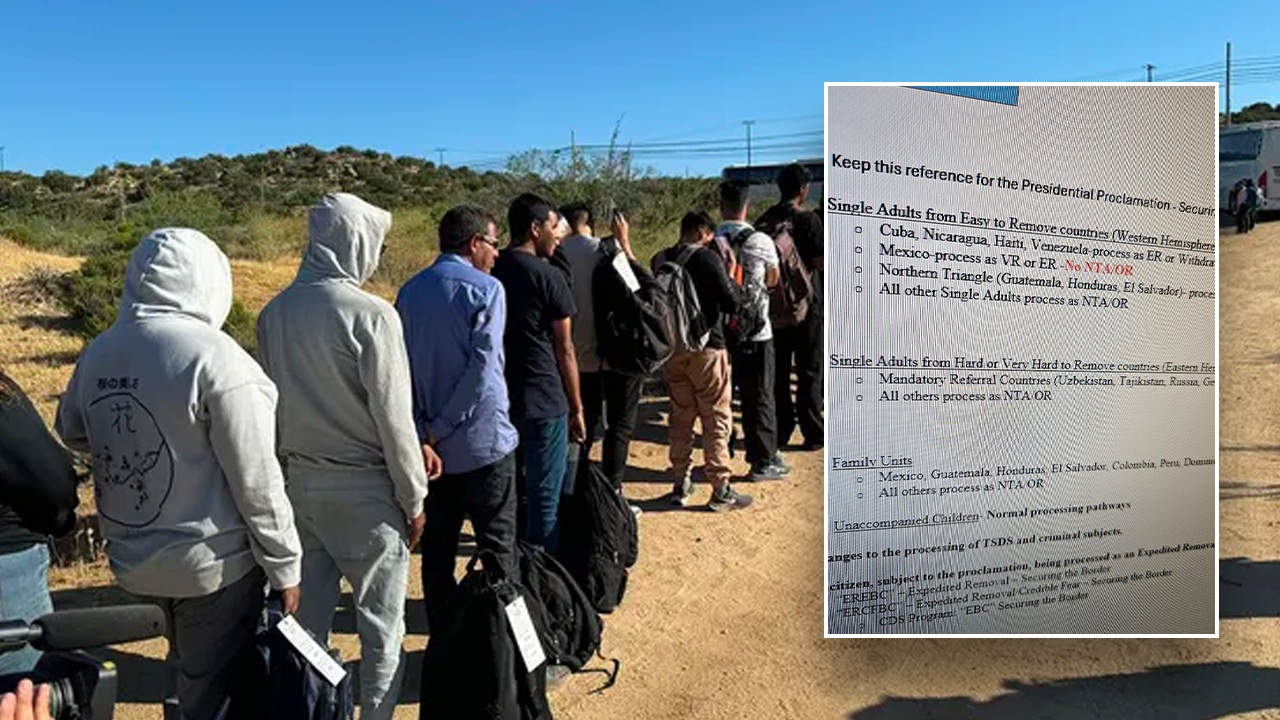In 2023, President Biden announced the American Climate Corps, a program to employ thousands of young people to fight global warming. Many of those jobs, like starting community gardens or installing solar panels, began this summer.
Broadly, the idea of the government putting citizens to work comes from the Civilian Conservation Corps, the New Deal program that gave jobs to young men during the Great Depression.
But Biden’s program also takes direct inspiration from California, which in 2020 began the California Climate Action Corps to pay residents to do a year of projects focusing on fire prevention work, planting trees and reducing food waste. Nearly 1,000 people have been through the program so far.
“California, particularly on climate, likes to be a leader, and I think in this case they were indeed a leader,” John Podesta, Biden’s adviser on clean energy who heads the American Climate Corps, told Fox 11 last year. He called the California program a “model for what we’re doing here.”
California Volunteers, a commission on public service, started the California climate corps as part of a suite of service-based initiatives. Before Gov. Gavin Newsom’s administration, the commission mainly just administered the state’s federal AmeriCorps funding.
The California Service Corps includes the climate jobs program as well as California College Corps, which began in 2022 and offers $10,000 in tuition subsidies to low-income college students in exchange for part-time work on climate change, food insecurity and tutoring programs. And there’s the Youth Job Corps, which employs underserved young people in community service.
These programs, along with California’s longstanding AmeriCorps program, enroll 10,000 service members a year, making it the nation’s largest service force — even bigger than the Peace Corps, said Josh Fryday, the state’s chief service officer and head of California Volunteers.
Service “is an idea that’s deeply ingrained in America, but we haven’t invested in it in decades,” Fryday told me. “It’s something people want, and we have really big problems to solve.”
Fryday said that these jobs not only can help people prepare for careers and feel more connected to their communities, but can also fill holes in California’s work force. Amid an ongoing teacher shortage, many college corps fellows are tutoring and mentoring in low-income schools. The climate corps helps understaffed cities roll out the state’s mandatory composting law.
Currently, these programs cost around $260 million annually and are split roughly between state and federal dollars. Some of that federal money comes from pandemic stimulus funds that will soon run dry, meaning the state will have to take on additional costs to maintain them at their current size — a tall order given that the state is facing a multibillion-dollar deficit.
Newsom seems committed to the programs thus far, even staring down such a big shortfall. In his most recent budget proposal, he made only modest reductions to funding for the college corps and the youth service corps.
Tell us
We’re almost halfway through 2024. Tell us what the best part of your year has been so far, whether it is a special birthday, graduation or just something going well in your life.
Email us at CAtoday@nytimes.com. Please include your name and the city in which you live.
And before you go, some good news
The Los Angeles Public Library is kicking off its summer reading program with a new tote bag designed by a local artist, The LAist reports.
The bag, designed by Noor Sofi, features a young reader surrounded by music and art beneath a smiling sun. Readers can get the free tote, as well as a free book, when they sign up for the program. Members can earn additional prizes after logging a certain amount of hours reading or attending other activities.
The library is also offering other free resources, like passes to museums and cultural institutions.






